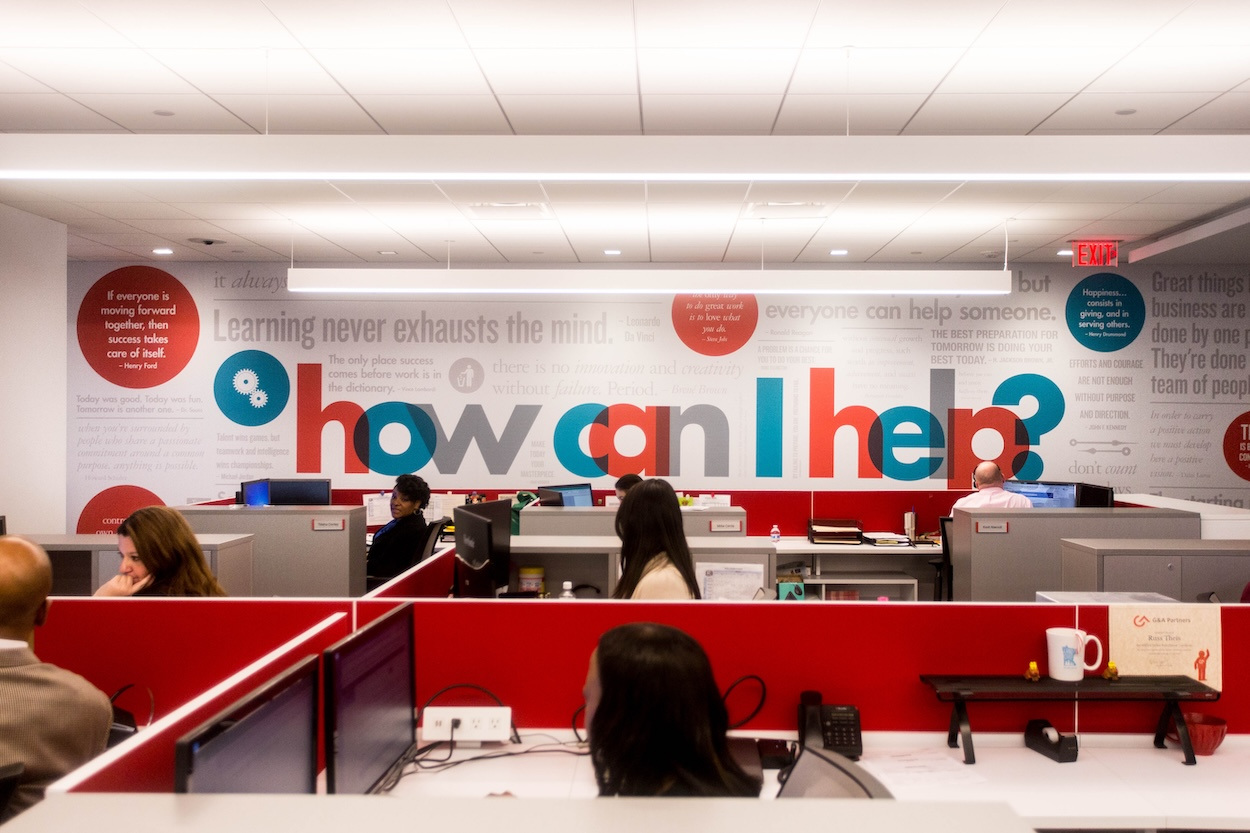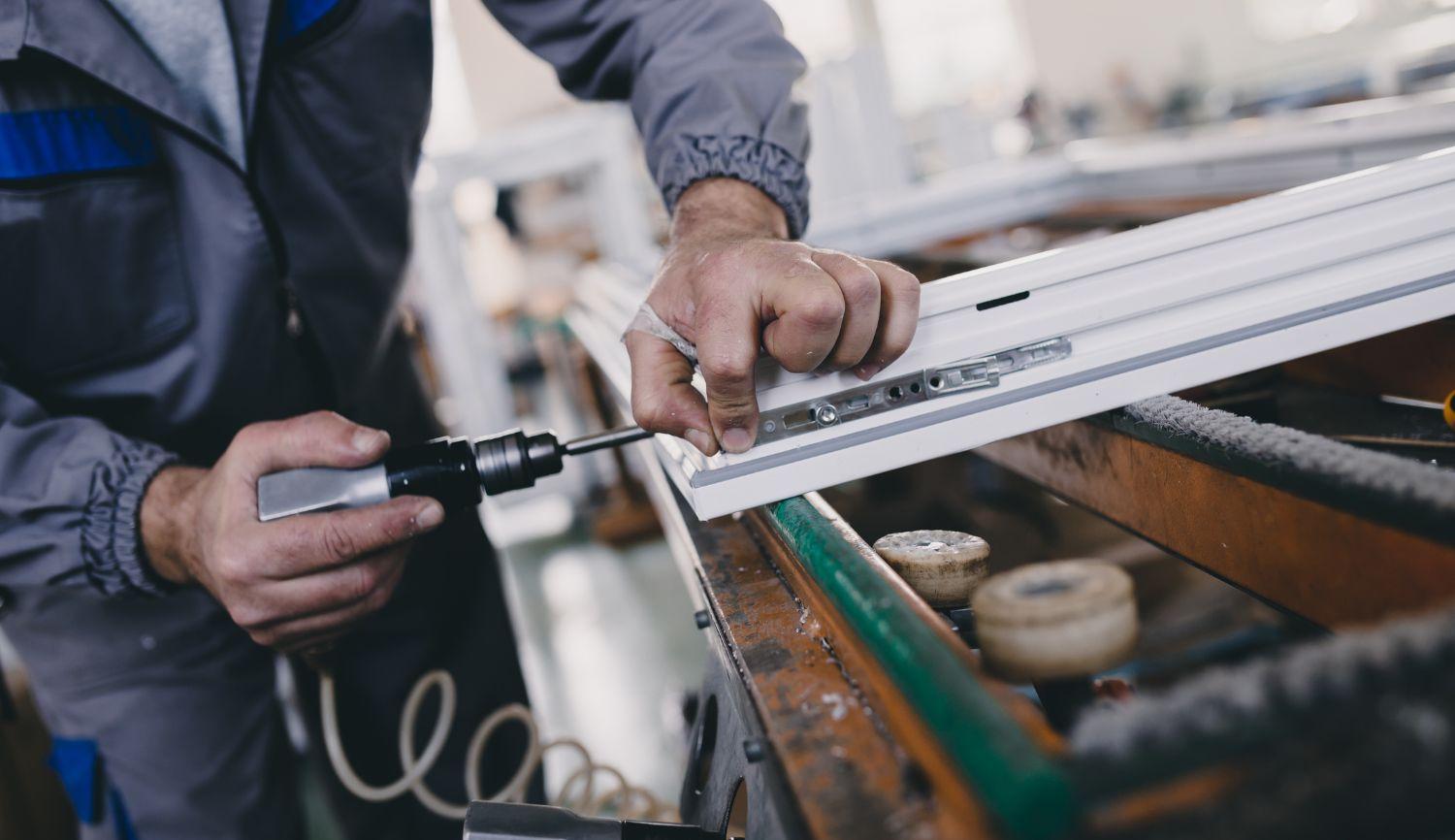- HR Speak
- Articles
By typing here, you consent to our Privacy Policy and Terms of Use.
Featured Resources
What is HR Outsourcing?

By typing here, you consent to our Privacy Policy and Terms of Use.

By typing here, you consent to our Privacy Policy and Terms of Use.











